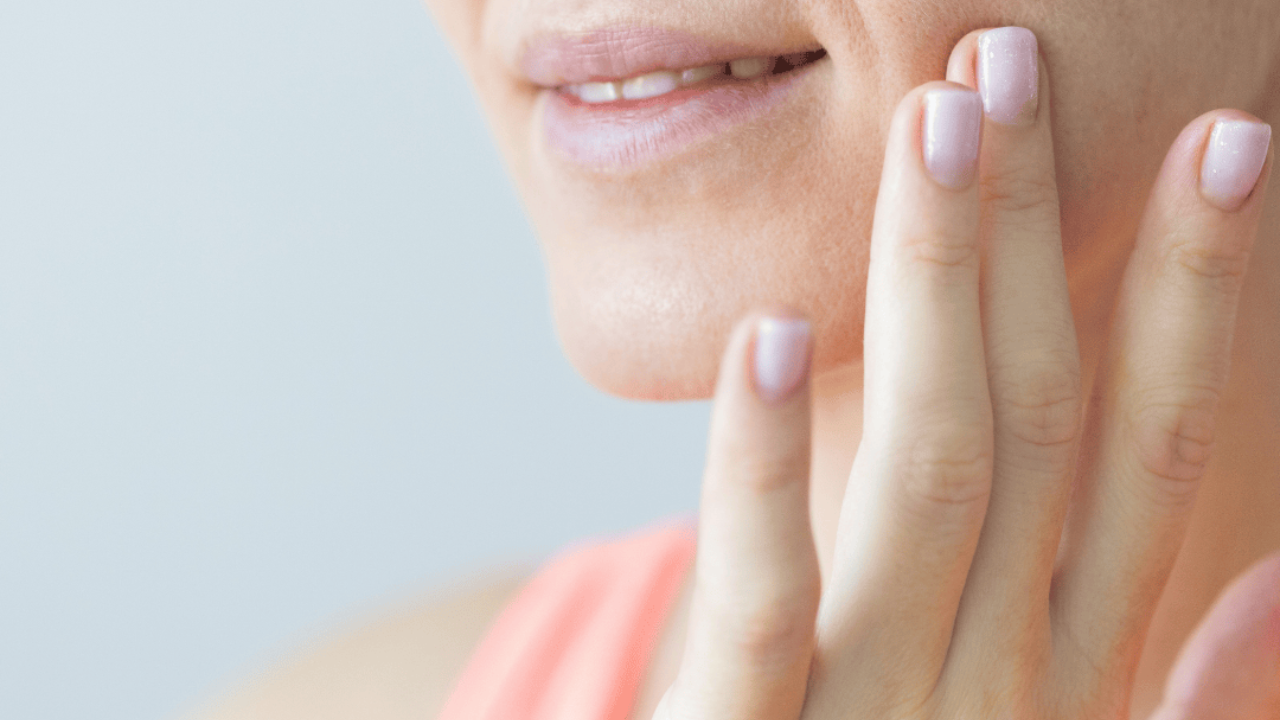
How to Do a Skin Self-Exam and What to Look for in Your Moles
Aug 01, 2025Embed code:
@samanthaschneidermd ♬ original sound - Samantha Schneider, MD
Have you ever wondered if that mole on your back is something to be concerned about? Or how to even begin checking your skin for signs of trouble?
I’m Dr. Schneider, a board-certified dermatologist, and I want to walk you through how to perform a skin self-exam—and what to look out for. Early detection of skin cancer, especially melanoma, can save lives.
How to Perform a Skin Self-Exam
The first step is finding a good spot to check your skin thoroughly:
-
Stand in a well-lit area, ideally in front of a full-length mirror.
-
Use a handheld mirror for those hard-to-see places like your back, scalp, and the bottoms of your feet.
-
Perform the exam the same way every time, so you don’t accidentally skip any areas.
Make sure to check:
-
Scalp (use a comb or have someone help)
-
Back and buttocks
-
Underarms
-
Palms, soles, and between fingers and toes
The ABCDEs of Mole Checks
When looking at your moles or any new spots, remember the ABCDEs, which are key warning signs for melanoma:
-
A – Asymmetry: One half of the mole doesn’t match the other.
-
B – Border: Edges are irregular, blurred, or jagged.
-
C – Color: More than one color (brown, black, red, blue) in a single mole is a red flag.
-
D – Diameter: Watch for moles larger than a pencil eraser (about 6mm).
-
E – Evolving: Any change in shape, size, color, or symptoms like itching or bleeding.
When to Call a Dermatologist
If you notice any of the ABCDE signs—or a spot that just seems “off”—don’t wait. It’s always best to have it evaluated by a professional. Catching skin cancer early significantly improves outcomes and may make treatment much simpler.
Bottom line? Know your skin.
Make skin self-exams part of your routine and empower yourself to take action when something doesn’t look right.
Follow Dr. Schneider on TikTok Instagram Facebook
Want the transcript for this video instead?
Are you curious about what to look out for in your moles at home? I'm Dr. Schneider, and I'm a board certified dermatologist. So let's learn how to perform a skin self exam first, find a well-lit area, preferably in front of a full length mirror. You may also wanna a handheld mirror for those hard to see spots.
You wanna do the same exam the same way every time so that you don't miss an area. Don't forget to look at your scalp, your back, and the bottoms of your feet. Melanoma is a serious type of skin cancer, but early detection can save lives, and that's why you should be looking for the a b CDEs on your skin.
The ABCDs help you spot suspicious moles. A is for asymmetry. This is where one half of a mole doesn't match the other half. B is for border. Look for edges that are uneven, blurred, or jagged. C is for color. You want to be on the lookout for multiple colors, like shades of brown, black, blue, or red. D is for diameter.
Be on the lookout for moles that are larger than a pencil eraser. And finally, E is for evolving. You should pay attention to any change in size, shape, or color in one of your. If you notice any of these signs, it's important to contact your dermatologist for an evaluation. Your skin health matters, so be proactive and be aware of your skin.






